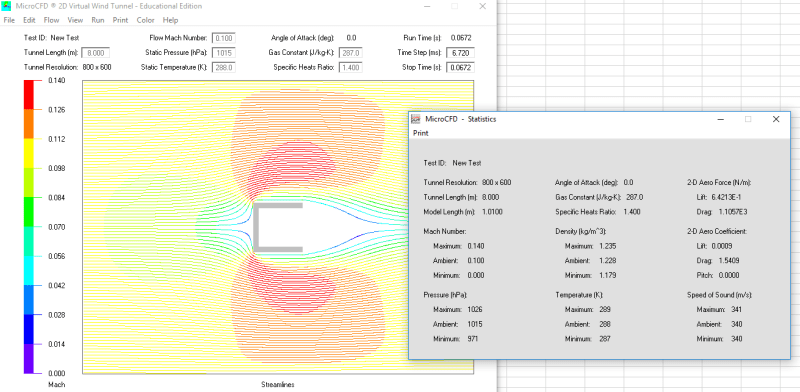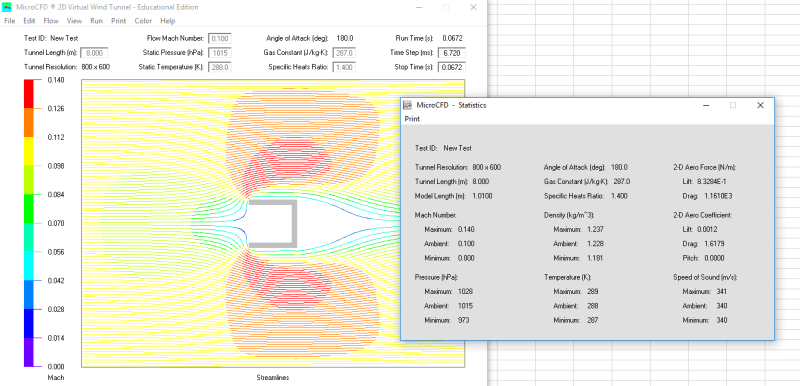AEng123
Mechanical
- Nov 2, 2016
- 18
Hello,
Does anyone know the drag force calculation and drag coefficient of a hollow rectangular shape?
Thanks
Does anyone know the drag force calculation and drag coefficient of a hollow rectangular shape?
Thanks


